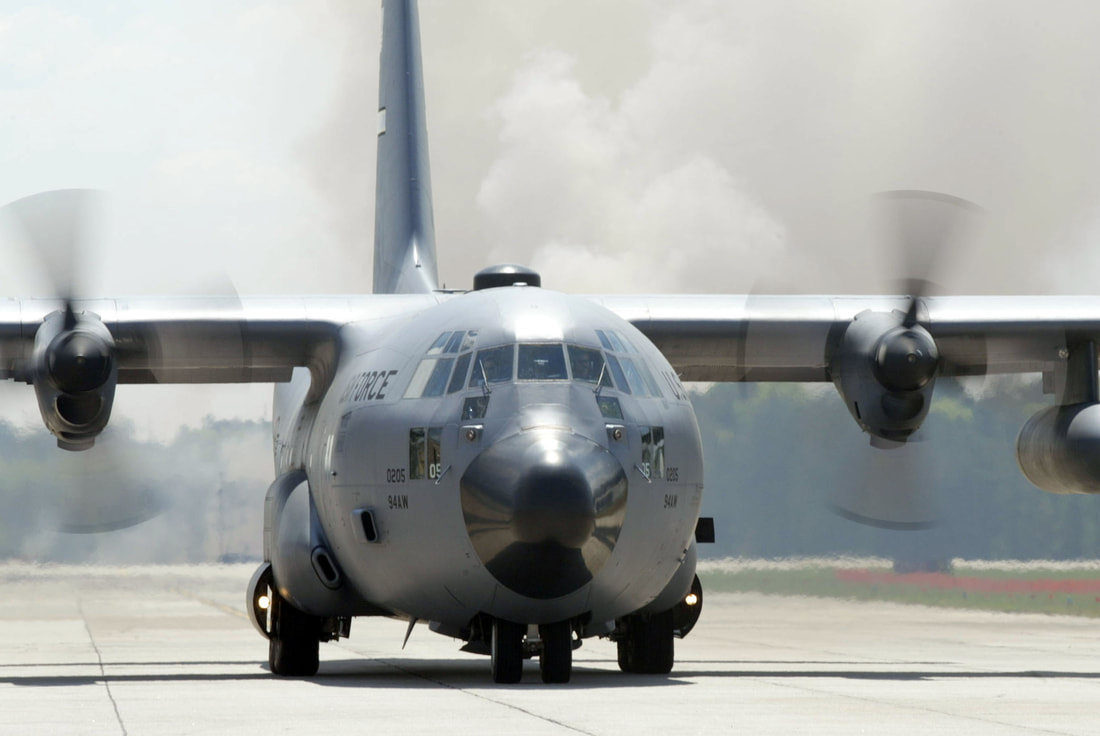DEPARTMENT OF THE AIR FORCE UNIT HISTORIES

Welcome to the website dedicated to the preservation of U.S. Air Force and U.S. Space Force unit histories.
Our mission is to collect, preserve and make available U.S. Air Force and U.S. Space Force Unit histories.
Our vision is to provide accurate and relevant U.S. Air Force and U.S. Space Force unit histories to the researcher.
Our mission is to collect, preserve and make available U.S. Air Force and U.S. Space Force Unit histories.
Our vision is to provide accurate and relevant U.S. Air Force and U.S. Space Force unit histories to the researcher.